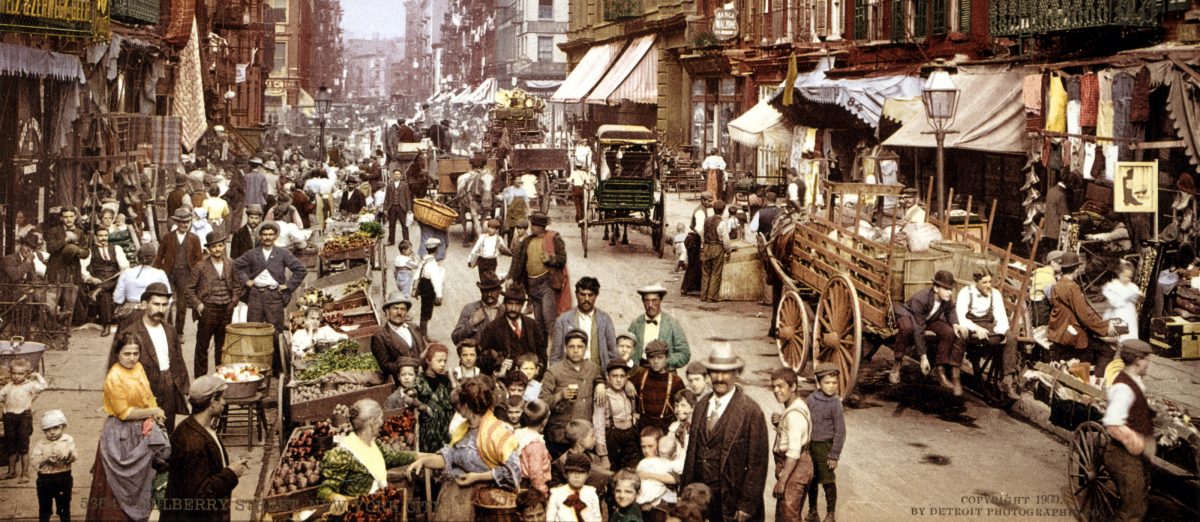Early this year Macy’s announced that it was closing 40 of its department stores. In April, Sears Holdings said that it would close 10 Sears and 68 Kmart stores. Then last week, Macy’s announced that it would close about 100 additional stores. Do these retrenchments represent just the normal ebb and flow of company fortunes in a competitive marketplace, or is there something more profound going on in retailing?
Well, there seem to be three strong crosswinds impacting the retail sector today, and the large department stores are taking the brunt of them. The three are middle-class income stagnation, globalization and the internet.
Through 2014 (the last year for which data is available), the average real incomes of none of the five household income quintiles had recovered to their pre-recession peaks. However, the recovery of income has been more complete for the higher income groups. While the average income of the lowest quintile of households had recovered to only 88 percent of its pre-recession peak, the average income of the highest income quartile had recovered to 98 percent. The share of total income garnered by the three middle quintiles declined from 46.9 percent to 45.7 percent, while the share of the highest income quintile went from 49.7 to 51.2. Retail chains that cater to higher-income shoppers are reportedly doing well, but for many large chains the three middle groups, with annual household incomes from about $21,000 to $112,000, is where the volume is, and income growth for those households has been slow.
Competition between name-brand retailers and discounters is not new, but in recent decades the out-sourcing of dry-goods production to China, Bangladesh and elsewhere has tilted the playing field in favor of the discounters. Epitomized by the Walmart formula, which combines a cheap foreign supply chain with monopsony buying power and a no-frills “supercenter” shopping experience, the discounters have increasingly pressured the department store chains (as well as smaller chains and independent retailers) that traditionally marketed fashion and quality. Warehouse clubs like Costco have also made inroads among middle-income families whose incomes have stagnated. From 2000 through 2014 the number of department stores nationally declined from about 10,500 to 8,000 while the number of supercenter and warehouse club outlets has grown from about 1,800 to 5,300. Walmart alone operates over 3,400 supercenters. Total retail sales in warehouse clubs and supercenters are now about triple the sales volume of traditional department stores.
Traditional retailers also face intensifying competition from internet sales. In 2015, internet sales topped $432 billion. While that represents only abut 9 percent of all retail sales, e-retailing has captured about 30 percent of the retail sales growth since 2007. As a consequence, in-store retailing has grown at only a 1.2 percent real annual rate over the past eight years, compared to the 8.2 percent growth rate of e-retailing.
